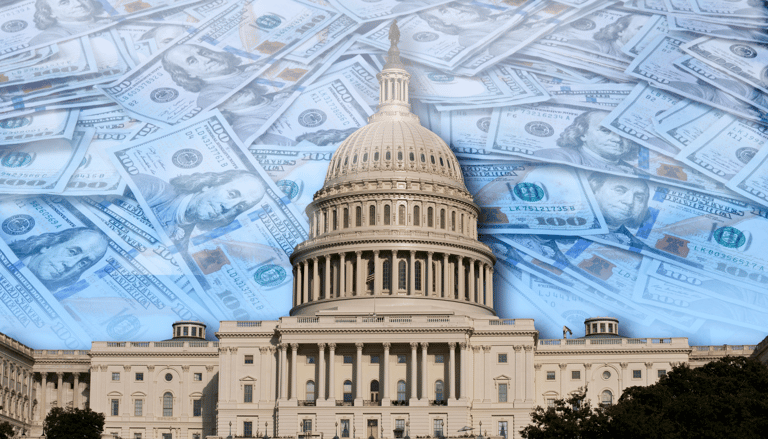The Dollar Hegemony: Understanding How We Got Here
Laila Shaheen
5/20/20253 min read


The de-dollarization wave, driven particularly by the BRICS, is gaining momentum amid growing frustration with American hegemony. “De-dollarization” is the process of reducing a country’s reliance on the USD as the dominant currency in international transactions and reserve holdings. As of 2025, the USD represents 58% of foreign reserve holdings globally, 54% of export invoicing, and 88% of foreign exchange transactions. The ubiquity of the USD in the global financial system makes de-dollarization incredibly difficult. However, the conditions that once cemented its dominance are shifting, and it would be shortsighted to assume that the neocolonial institutions underpinning its reserve currency status will maintain their grip indefinitely. To put this into perspective, one ought to go to the beginning.
The “Dollarization” Moment
Before discussing de-dollarization, it’s important to understand how “dollarization” emerged, as the dollar's decline will ultimately stem from shifts in these initial underlying conditions. The story of “dollarization” can be broken down into three key moments.
The Bretton Woods Agreement
In 1944, as Europe and the rest of the world reeled from the devastation of WWII, delegates from 44 allied nations gathered in Bretton Woods, to create a post-war financial system that would promote global economic stability and prevent another Great Depression.
Leading the negotiations and dictating the terms was the United States, which at the time boasted the largest Gross Domestic Product (GDP) in the world, held 70% of the world’s gold reserves, and was the one industrial nation untouched by war.
The conference resulted in the Bretton Woods Agreement, which established a gold-exchange standard where the USD was pegged to gold at $35 per ounce, while all other major currencies were pegged to the dollar. This effectively made the dollar “as good as gold,” solidifying its role as the world’s primary reserve currency.
The agreement also established institutions like the World Bank and the IMF that continue to play a significant role in maintaining the financial structures that benefit the West while imposing exploitative economic conditions on the rest.
It is important to note that at the time of this watershed moment for the global financial system, more than half of today’s nations were still colonies, protectorates, or mandates controlled by European powers, the U.S., and Japan.
Therefore, the rise of the USD as the cornerstone of international finance was neither organic nor neutral; it was the direct result of several converging geopolitical and economic conditions that no longer reflect the realities of today's world.
The Collapse of the Gold Standard
The second pivotal moment in the wave of dollarization was the collapse of the Gold Standard in 1971.
In the decades following WWII, rising American deficits, driven largely by increased government spending on military interventions in the Vietnam and Korean wars, led to a situation where the printing of more dollars to finance these wars outpaced the country’s gold reserves.
This imbalance created growing doubts about the U.S.’ ability to maintain the $35-per-ounce gold peg and countries began redeeming their dollar holdings for gold at an alarming rate. To prevent an impending collapse of the USD, President Richard Nixon unilaterally ended the dollar’s convertibility to gold.
This meant that the USD was no longer pegged to gold, effectively transforming it into a pure fiat currency; its value determined solely by market confidence and government policy. Nixon's decision ushered in a new era of financialization, in which American financial markets, institutions, and debt instruments became the backbone of the global economy.
While countries no longer were able to redeem their dollar holdings for gold, they still needed a safe, liquid asset to store their reserves. This led to the rise of U.S. Treasury bonds, backed by the full faith and credit of the American government, as the primary reserve asset for central banks. Treasury bonds, and the global demand for them, allowed the U.S. to run persistent trade and budget deficits without facing a currency crisis.
The Petrodollar
The third moment that solidified the USD as a reserve currency was the birth of the Petrodollar. After Nixon abandoned the gold standard, to prevent the devaluation of the dollar, the U.S. struck a deal with Saudi Arabia and other OPEC nations in 1974. In exchange for U.S. protection and technology, OPEC would sell petrol exclusively in USD. This deal ensured that countries around the world are still forced to buy and use the dollar for international trade even if they opt out of using the USD as a reserve currency.
© 2025. The PoliTech Brief. All rights reserved.